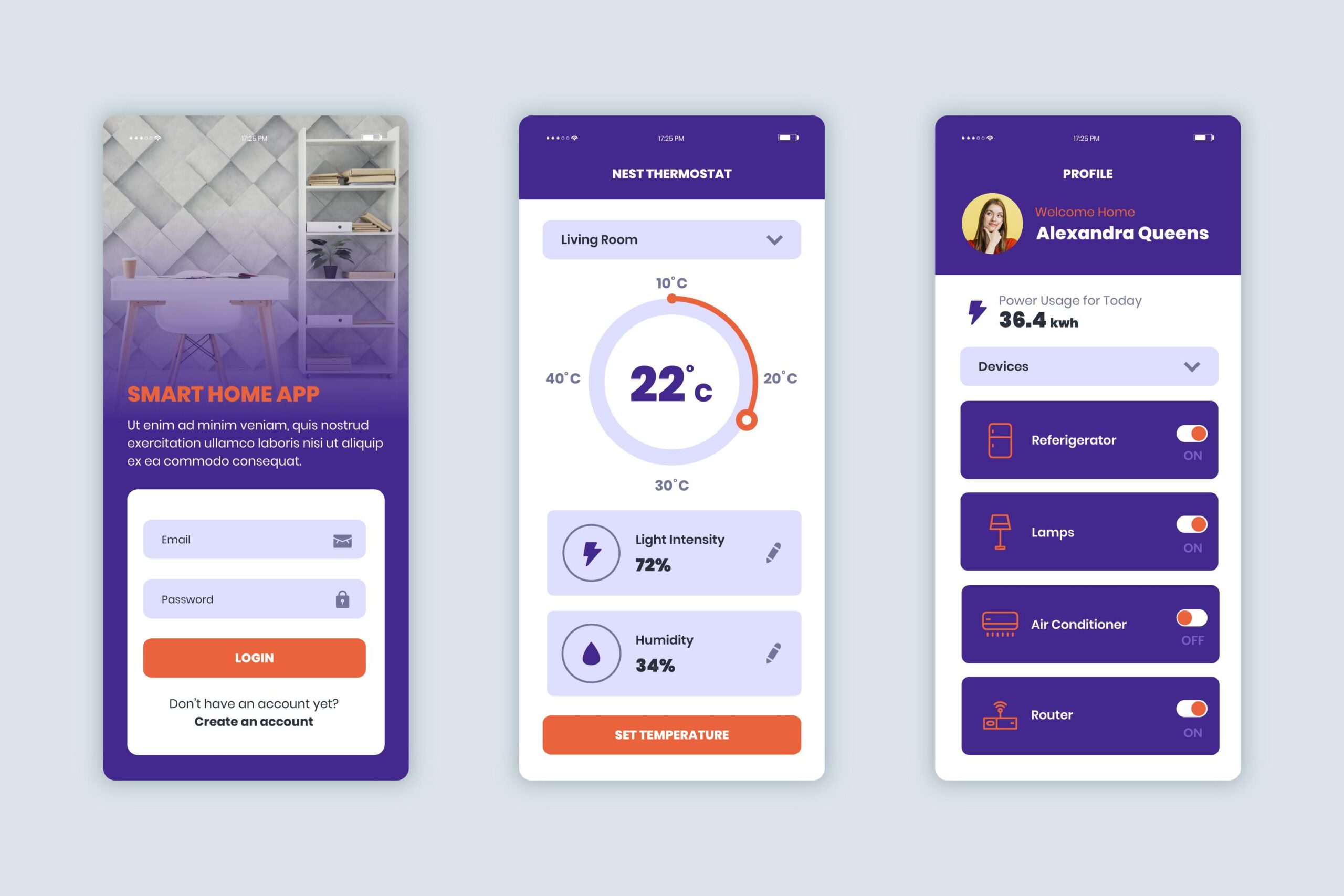
Mobile app engagement is a crucial metric for measuring the success of your application. In a world where users are inundated with app options, ensuring your app stands out and keeps users engaged requires thoughtful, user-centric design. Effective User Interface (UI) design plays a pivotal role in creating experiences that captivate users and encourage repeated interactions.
This article explores the strategies for boosting mobile app engagement through effective UI design, blending functionality and aesthetics to deliver a seamless user experience.
Why UI Design Matters for Engagement
UI design goes beyond aesthetics; it directly influences how users interact with an app. A well-designed interface ensures:
- Ease of Use: Users can accomplish tasks efficiently without confusion.
- Visual Appeal: Aesthetic elements attract users and create a positive first impression.
- Retention: A delightful experience motivates users to return to the app.
Engagement is the outcome of a harmonious blend of visual design, functionality, and user satisfaction.
Key Strategies for Boosting Engagement
1. Focus on Simplicity and Intuitive Design
- Minimalistic Layouts: Reduce clutter by focusing on essential elements. Avoid overwhelming users with too many options or features.
- Familiar Navigation: Use common UI patterns, such as bottom navigation bars, to ensure users can intuitively find their way.
- Clear Call-to-Action (CTA): Design buttons and links that are easily identifiable and guide users toward desired actions.
Example
Apps like Google Maps use a clean interface with intuitive navigation, helping users complete tasks effortlessly.
2. Prioritize Speed and Performance
Slow-loading apps or laggy interfaces frustrate users, leading to churn.
- Optimize Loading Times: Use lightweight graphics and efficient code.
- Provide Feedback: Include loading indicators or progress bars to reassure users during processing.
Example
TikTok’s snappy UI ensures videos load instantly, keeping users engaged for extended periods.
3. Leverage Personalization
Personalized experiences make users feel valued and increase engagement.
- Dynamic Content: Tailor content recommendations based on user behavior and preferences.
- Customizable Settings: Allow users to adjust themes, notifications, and preferences to suit their needs.
Example
Spotify uses personalized playlists like “Discover Weekly” to keep users engaged.
4. Embrace Microinteractions
Microinteractions are subtle animations or responses that provide feedback for user actions.
- Button Animations: Highlight CTAs with hover effects or clicks.
- Swipe Gestures: Include satisfying swipe animations, such as in Tinder or Instagram.
- Feedback Indicators: Show success messages or visual cues after completing actions, like submitting a form.
Example
Duolingo’s gamified microinteractions, like animations when answering correctly, keep users motivated.
5. Implement Seamless Onboarding
First impressions matter. A smooth onboarding experience helps users understand the app’s functionality without frustration.
- Interactive Tutorials: Guide users through key features step-by-step.
- Skip Option: Allow users to bypass onboarding if they’re already familiar with the app.
Example
Slack’s onboarding flow uses concise, illustrated instructions to introduce users to its workspace.
6. Design for Accessibility
Make your app usable for everyone, including people with disabilities.
- Text Resizing: Provide adjustable font sizes.
- High Contrast: Use sufficient contrast for readability.
- Voice and Gesture Support: Incorporate voice commands or gesture navigation for inclusivity.
Example
Apple’s built-in accessibility features like VoiceOver ensure apps are usable by all.
7. Optimize for Mobile-Specific Interactions
Take advantage of mobile features to enhance usability and engagement.
- Touch Gestures: Implement gestures like pinch-to-zoom, drag-and-drop, and long press.
- Location-Based Features: Use GPS for personalized services, such as local deals or event updates.
Example
Uber integrates location-based services for seamless ride-booking experiences.
8. Use Engaging Visuals and Animations
Visual storytelling captures users’ attention and keeps them engaged.
- Hero Images: Use striking visuals for landing screens or promotions.
- Subtle Animations: Guide users through transitions without overwhelming them.
Example
Pinterest’s animated transitions enhance user experience without distracting from the content.
9. Implement Gamification
Gamification encourages users to interact with the app by adding elements of fun and reward.
- Achievements and Badges: Reward users for completing milestones.
- Leaderboards: Introduce friendly competition among users.
Example
Nike Run Club’s gamified challenges and achievements motivate users to stay active.
10. Regularly Update and Improve the UI
Stay current with design trends and user feedback to maintain engagement.
- Conduct A/B Testing: Experiment with different layouts or features to determine what works best.
- Analyze Metrics: Use analytics tools to identify engagement drop-off points.
Example
Facebook continuously updates its UI to adapt to evolving user preferences.
Measuring Engagement Success
Track these key metrics to evaluate the effectiveness of your UI design:
- Retention Rates: Measure how many users return after their first session.
- Session Duration: Monitor how long users stay engaged in each session.
- Conversion Rates: Analyze how effectively your design drives desired actions.
- Churn Rates: Identify areas where users abandon the app and refine them.
Conclusion
Effective UI design is a powerful tool for boosting mobile app engagement. By prioritizing simplicity, personalization, accessibility, and performance, you can create an app that not only attracts users but also keeps them coming back.
Invest in understanding your audience, iterating your design based on feedback, and embracing trends like gamification and microinteractions. With these strategies, your app can deliver an exceptional experience that stands out in a competitive market.
Devoq Design is a premier UI/UX design agency with a strong presence in both Michigan and Minnesota. Renowned for their innovative and user-centric approach, Devoq Design specializes in creating seamless and engaging digital experiences. As a leading UI/UX Design Agency in Michigan, they cater to a diverse range of industries, ensuring each project is tailored to meet the specific needs of their clients. Similarly, as a top UI/UX Design Agency in Minnesota , Devoq Design combines cutting-edge technology with creative expertise to deliver exceptional results that drive business growth and user satisfaction.






